Tomsk honeysuckle, description, winter hardiness, productivity, planting and care
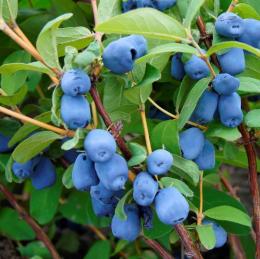
Until recently, unknown varieties and species of plants are now, at the beginning of the twenty-first century, gaining unexpected fame and spreading throughout the country. A striking example is Tomichka honeysuckle, which unexpectedly became a real favorite of gardeners and one of the most popular varieties.
Content:
- Honeysuckle Tomichka, plant description
- Winter hardiness and other properties of the Tomichka variety
- Pollinators
- Planting and care features
- Reviews of honeysuckle Tomichka
Honeysuckle Tomichka, plant description
The history of the variety dates back to the Tomsk region, from the plantations of the Bakcharsky stronghold of the Lisavenka Research Institute. This legendary nursery has given modern gardeners many new plants, among which honeysuckle takes an honorable first place.
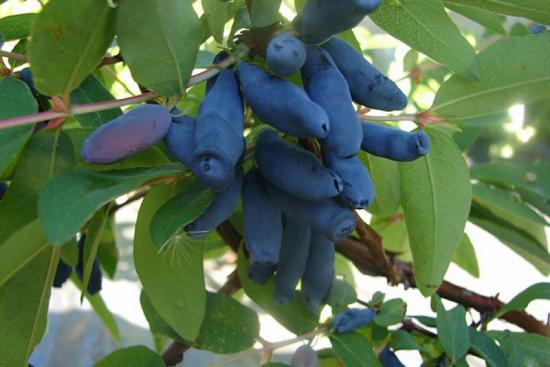
We can thank the team of breeders working under the leadership of Gidzyuk and Luchnik for the creation of the Tomichka hybrid.
The ort was officially presented back in 1984 and three years later received an official certificate, which opened the way for honeysuckle to the markets.
To create Tomichka, the Turchaninova variety was taken as a basis, and it was on the basis of these seeds that a new hybrid was bred.
You can recognize it by its characteristic features:
- The average height of the shrub, which rarely exceeds the height of the average person. At the base, the branches of the bush are pressed against each other and only towards the middle begin to diverge to the sides and bend in arcs towards the ground;
- The leaf blades are medium in size, green or light in color. The shape is oval with a slightly pointed tip and a light fluff that can be felt when touched;
- The flowers are small, light green in color, which are almost lost against the background of lush foliage;
- The berries are remarkable in shape - the noticeably compressed upper part, which distinguishes Tomichka from other types of honeysuckle, turns into an expanded lower part. Outwardly, it looks a little like a drop or a jug;
- The fruits have a thin skin, the surface is slightly bumpy;
- The berries are relatively large in size - up to 25 mm in length and weighing almost a gram;
- A ripe berry is easily recognized by its dark purple color and waxy-smoky coating, which is considered characteristic of all representatives of the species;
- The pulp of the fruit tastes sweet with a slight sourness, very juicy.
It is not difficult to recognize this variety; it differs in the shape of the fruit from other honeysuckles. The shape of the bush and the characteristics of the berries are not characteristic of other berry bushes, so it is almost impossible to confuse honeysuckle with another species
Winter hardiness and other properties of the Tomichka variety
In addition to the compact, semi-spreading crown, the branches of which bend towards the ground, Tomichka has a number of other properties.
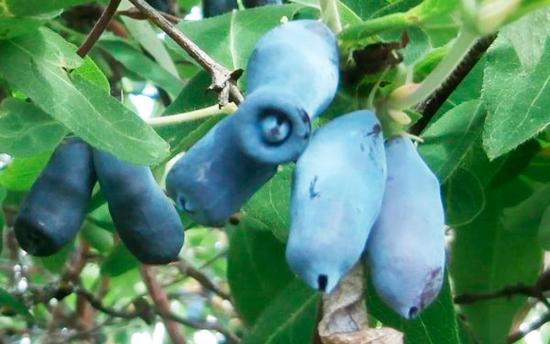
The main features that should be kept in mind when planting on a personal plot include:
- High level of winter hardiness - an ideal hybrid for northern regions, it tolerates strong Siberian temperature drops without damage. Does not require winter shelter, the root system and branches do not die off as a result of exposure to sub-zero temperatures;
- The variety is not capable of self-pollination, therefore, in order to obtain a harvest near Tomichka, it is imperative to plant a pollinating variety.Hybrids created on the basis of Turchaninov's honeysuckle, on the basis of which this one was bred, are perfect. In the absence of a pollinator nearby, pollination will not occur and, as a result, there is no need to expect a harvest;
- Resistance to pests; in rare cases, aphid infestations are recorded, which can be controlled through the use of standard chemicals;
- It develops well only on loose and well-moistened, well-aerated soils. It grows especially actively on loamy and sandy soils. When growing, it is important to take into account that when planting Tomichka in the southern regions, it is important not to forget about systematic and abundant watering. If you miss this moment, you shouldn’t expect a bountiful harvest;
- The first fruiting of a young shrub occurs four years after it is planted in open soil;
- One of the main disadvantages of the variety is the fact that the fruits, after they ripen, begin to crumble very quickly, so it is important not to delay picking the berries. Otherwise, there is a danger of completely losing the harvest;
- From one bush per season you can get up to two and a half kilograms of berries, which can withstand transportation well, do not lose their shape and do not wrinkle. Suitable for long distance transportation;
- The berries are used not only as a raw material for preserves, compotes, drying, jams, but also as a basis for wine dyes (the Georgian brand “Kakheti” uses honeysuckle as food dyes);
- The fruits are recommended for consumption raw; they will help cope with vitamin deficiency and increase the defense capacity of the immune system. The high level of effectiveness is due to the richness of the chemical composition - the fruit contains a large number of amino acids and vitamins.
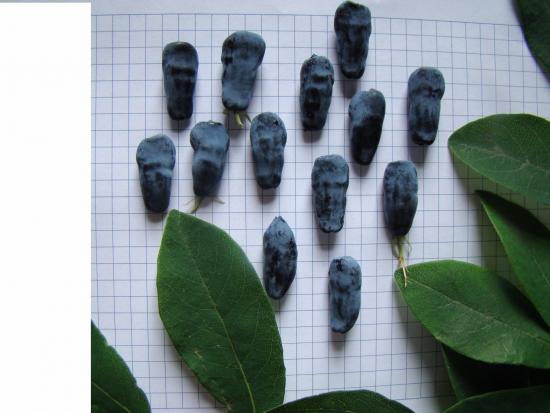
In addition to distribution in the food industry, it is used in ornamental gardening. Spreading branches and an interesting shape of the bush will decorate any garden plot. In addition, honeysuckle does not need frequent replanting.
Tomichka is distinguished not only by its high level of winter hardiness and resistance to parasite attacks, but also by its productivity indicators.
Used in the food industry and home gardening.
Learn more about Tomsk honeysuckle in the video:
Pollinators
Honeysuckle Tomichka, like many other varieties of this species, is self-sterile. Representatives of the same species planted on a plot will not produce a harvest.
In order for the plant to bear fruit, it is recommended to plant one of the pollinating varieties next to it:
- Blue spindle;
- Kamchadalka;
- Vasyuganskaya;
- In memory of Gidzyuk;
- Cinderella.
The cross-pollination that occurs in this way will provide you with a harvest of berries. However, when choosing, it is recommended to choose varieties that are definitely pollinators, and not just another type of hybrid.
Planting and care features
This unpretentious and winter-hardy plant calmly tolerates winter temperature fluctuations, which has led to its spread not only in mid-latitudes, but also in the northern regions.
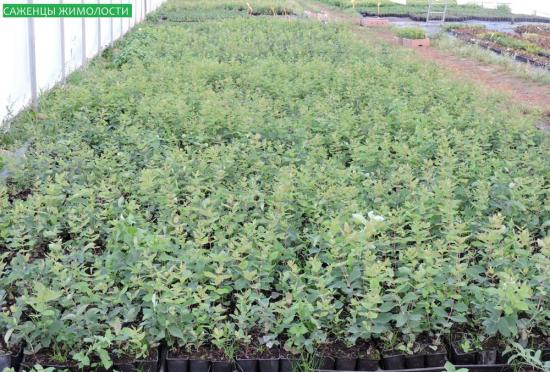
When planting shrubs, it is important to consider several rules:
- The area should be well lit, open, but without drafts. It also develops well in shaded areas, but the lack of sunlight negatively affects the yield level;
- Grows well on loose, water- and breathable soils. The acidity of the soil can be slightly acidic, but neutral is better;
- Planting is recommended in the fall, but can also be done in the spring.The main thing is to do this before the start of the growing season. However, it is important to take into account that shrubs that were planted in spring develop weaker than those planted in autumn;
- To plant honeysuckle, you can use seeds, cuttings, part of the mother bush with roots, or layering. For the last option, it is recommended to bury the part of the branch that touches the ground in early autumn. By autumn, when the cuttings take root, they can be separated from the mother plant and planted;
- For planting by dividing a bush, it is recommended to choose a bush that is at least three years old and dig it up. Carefully divide the root of the bush according to the number of skeletal branches and plant the resulting seedlings with a distance of one and a half to two meters between the young bushes.
- After planting the plant, it is important not to forget that caring for the bush is important for abundant fruiting. It is so important to remember that honeysuckle:
- It loves moisture very much, so in spring and early summer it is recommended to water regularly. However, it is important to take into account that stagnation of moisture negatively affects the condition of the root and leads to its rotting. The soil should be moist, but not turned into a swamp;
- At the end of each season, it is recommended to carry out sanitary pruning - removing damaged and dry branches. By the sixth year, anti-aging pruning is added to the sanitary one, which includes the removal of too old branches;
- When pruning, it is important to remember that it is not recommended to cut branches at the very base of the bush. There must be a distance of 40 cm from the soil to the cutting site. Thorough pruning, when no more than a dozen of the strongest and youngest branches remain on the bush, will preserve the productivity of the bush for a long time;
- It is important not to forget about the need to fertilize. It is recommended that every autumn, after harvesting, apply phosphorus and potassium fertilizers (superphosphate in amounts up to 30 g per m2, potassium salt - up to 20 g). After the snow melts in the spring, it is recommended to apply nitrogen fertilizing (urea - 30 g per m2).
Some gardeners are frightened by the peeling of bark from the branches of a bush in the fourth year of growth. However, do not panic, this is not a disease or a consequence of a parasite attack, but a natural process that does not pose a danger to the bush.
Young seedlings do not bear fruit immediately; the first berries can be obtained no earlier than the second or third year.
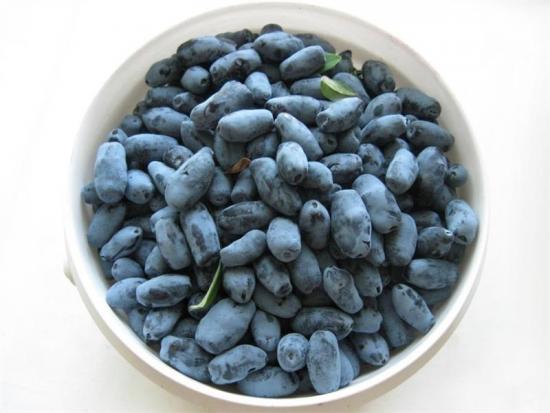
The maximum number of fruits is removed from a young bush in the fourth or fifth year of life. It is important to consider that, regardless of the conditions of planting and care, the plant develops slowly in the first three years.
No need to worry, just systematically loosen the soil, mulching the root areas with humus or peat.
You can learn more about growing honeysuckle by watching the video:
Reviews of honeysuckle Tomichka
A widespread variety of berry bushes, which are distinguished by high levels of frost resistance, are appreciated by breeders and users. So on the Internet you can find a large number of positive reviews from gardeners about the Tomichka variety.
Users note the abundant fruiting and pleasant taste of the berries, which are suitable for consumption raw and canned. Good transportability allows honeysuckle to be grown on an industrial scale.
The only drawback noted by gardeners is the uneven ripening of the berries and their rapid shedding.
To get the long-awaited harvest, you need to constantly check the fruits for ripeness.
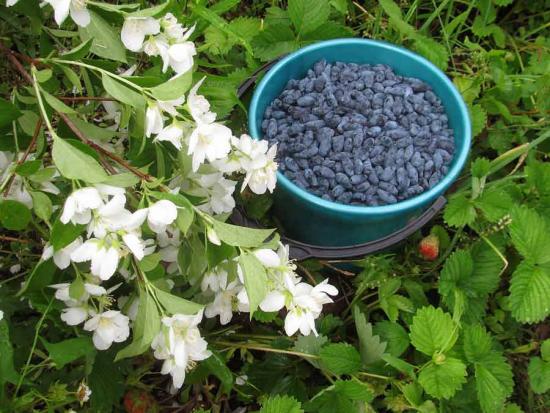
The unpretentiousness, durability and high level of productivity of the variety are appreciated both in reviews and in the rapid spread of the shrub across household plots.
Honeysuckle Tomichka compares favorably in a number of indicators, even among other hybrids of the species.
Suitable for growing in northern regions, with proper care, it does not experience any inconvenience. It is used both in cooking and winemaking, and in ornamental gardening.

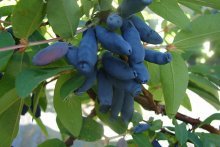
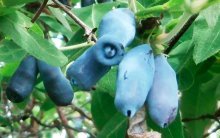

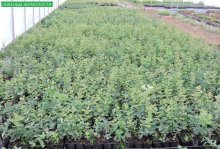

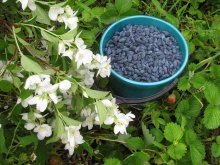
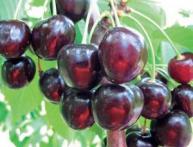
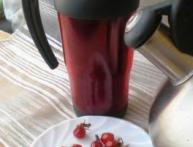
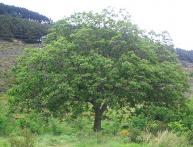
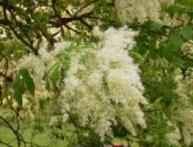
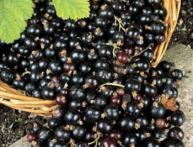
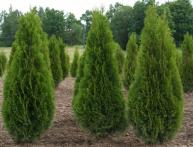
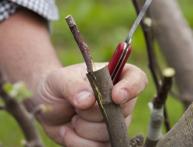
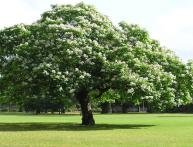
Comments
They brought me honeysuckle to try, unfortunately I won’t name exactly what type it was, I didn’t like it, it was kind of tart and not very tasty, although I expected more. But I don’t deny that it is useful.
I have tried honeysuckle several times already, I really liked the sweet and sour taste of the berries, but I didn’t plant this shrub in my garden because I didn’t know that it would grow well in our region.